The droplets of water plunk down from the damp ceiling, ploink. Ploink. It sounds like a dripping faucet in a vacuum of silence as we all stand, meters below the surface of the earth, eyes adjusting to the nearly black surroundings.
Ploink. Ploink. Ploink.
It’s cold down here. Far colder than the day I envisioned when I quickly threw on a dress and flips for my day exploring the Karst region and Slovenian coastline that morning when I was picked up from Hostel Celica in Ljubljana.
Down here, the dampness, the dark only magnify my senses. They swirl around me, reminding me where I am …
I’m standing in Earth’s belly, the Škocjan cave, a UNESCO World Heritage site (which marks this cave as one of only a handful of caves in the entire world, and the only one in the entire Karst region), and the second most visited cave in the country and one of the most popular things to do in Slovenia.
Unlike the most famous cave — Postojana —Škocjan maintains its near-natural environment, thanks to a strict policy which prohibits cameras in the cave and only tiny, dim lights lining the walkways where visitors trek. The cave is open to only a certain amount of tours per day, and the only way in, out and around the cave is by foot (compared to the trains in Postojana).
Upon arrival to the attraction, which really is unremarkable since the cave is tucked far from the ticketing area, we meet our guide for the exploration of Škocjan, and are split into two groups — those who speak English and Italian, and then those who speak Slovenian.
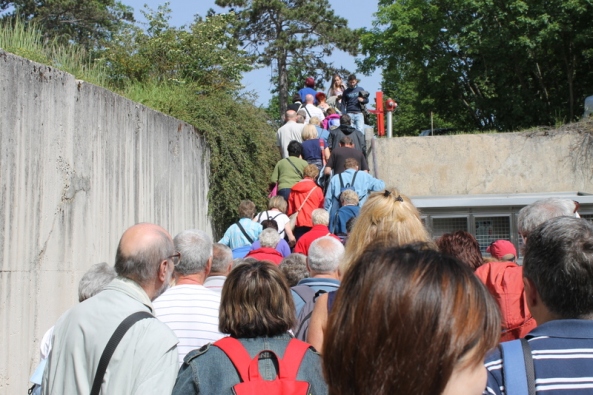
Together, the two groups begin to make our way towards the entrance to the cave, a gorgeous path winding down into a canyon, surrounded by blossoming wildflowers and lush trees.
The air this morning is fresh, beautiful and permeated with sweet whispers of the flowers as we trek down, down, down towards our destination.
Once we arrive, our guide goes over the general rules and explains our trek today, which will take approximately 90 minutes from start to finish.
Then, we enter into the cave, a short walk down a narrow tunnel … and into darkness. Darkness and silence. A silence that tingles the ears and reminds me just how tiny I am in this great world.
Immediately, the cold hits me and I am thankful I borrowed my Roundabout tour guide, Tomas’, jacket, before I left the ticket area. I wrap it around me, and let the damp air fill my lungs.
I’ve never been in a cave before, and as far as caves go, from what I can gather, this one is a pretty special one to be my first.
Formed by the Reka River, the limestone which makes up the Karst region, has dissolved over time, creating a massive network of caves in the area.
Our first stop within the site is the Silent Cave, named so because of the lack of rushing water here. Here, I come face-to-face with giant rust-colored (as far as my eyes can tell in the darkness) stalactites and stalagmites which rival those I have seen re-created at museums. They are huge, jutting from ceiling to floor, floor to ceiling. Powerful without even meaning to be.
They render me silent, like the cave, as I stare in awe at the magnificence nature has created, deep below earth.
We continue, most of us in silence, as we marvel at what is before us, until we arrive to the Great Hall, a massive area reaching about 30 meters up in a giant, black dome. Our guide points her tiny light onto key formations — the Giant and the Organ — so we can appreciate more stalagmites formed over thousands of years.
In this place, words fail me. I stand, jaw agape, at the pure magnificence earth has created here, deeper than I have ever been, surrounded by black.
Then, we continue onwards into the Murmuring Cave.
That’s when I hear it. A whirring. A rushing of water, only I cannot see any water. But, it is there. I can feel it. Even the floor of the cave becomes slick as we move forward.
Soon, the noise is right there. In my face. Only, it isn’t in my face at all. Rather, it is 45 meters below me. The Reka River, which created the cave as it dissolved the limestone the Karst region is known for, is powering through the rock as I stand a top a massive bridge. The Cerkevnik Bridge actually halts our entire group in our tracks. Not because the guide stops us, but because looking down below and seeing that water, with just the white from the rapids barely illuminated, renders us motionless.
I could stand here forever, just looking down. It’s easy to let this moment in the cave make me feel tiny. A little speck in the world.
We continue on to Schmidl Hall where the climbing of the stairs begins (it is relatively easy although it is a couple hundred stairs from the lowest point up to the exit of the cave, plus some inclines once out of the cave). Against darkness still, we move forward until we can just begin to see the light from above burst in.
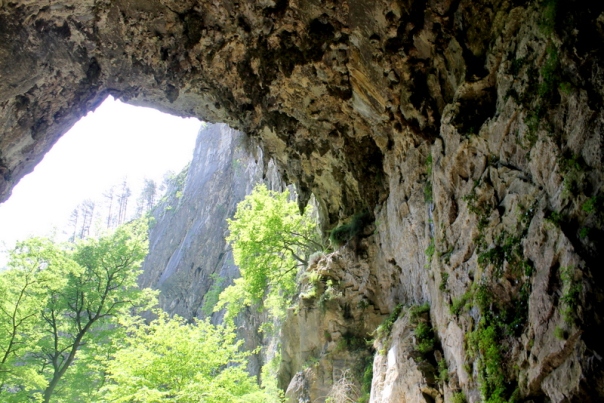
The exploration ends at the massive mouth to the cave, and an exit back into the forest around us, the Velika Dolina, or Big Valley, a magnificent gorge where the Reka first meets and descends into the limestone below.
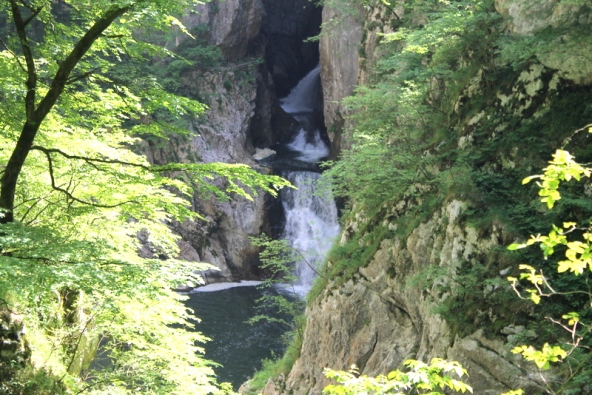
I look back once more before we make the short climb uphill to the fernicular to take us those last few meters up the steepest part of the slope, and back to where we began.
Feeling whimsical, and now warm from the walking and the late spring sun, we begin the next leg of the trip, to see the horses of Lipica and back to my love, the Adriatic, and Piran, and a part Slovenia’s tiny claim to the coast.
The guided tour
The guided tour of the Škocjan cave can take anywhere from 90 minutes to two hours and is a 3 km hike, with a vertical change of 144 meters. While it is appropriate for all ages and physical levels, those with knee problems should take note that there are a couple hundred stairs to climb throughout the journey. Temperatures in the cave hover around 12 degrees Celsius. Sneakers or shoes with good tread should be worn to keep from slipping on slick surfaces. Tours are offered a few times each day, depending on the season. In low season (January – March and November – December) tours operate twice-a-day during the week, and three-times-a-day on the weekend. Shoulder season tours (April – May and October) offer three-times-a-day options. High season (June – September) have tours eight times each day. Tickets are 16 euro for adults.
What makes it responsible
Established in the early 1990s Škocjan Caves Regional Park is a major tourist attraction, and also a responsible one as it strives to maintain the fragile eco-system within its damp, dark belly. The Škocjan Regional Park Act adopted in 1996 also monitors what’s going on inside the cave, as well as provides tourists and locals with education about the need to keep it protected. It is a member of the Alpine Network of Protected Areas, the Europarc Organization and also a part of UNESCO: The Ramsar Directory of Wetlands of International Importance largely because it is home to the endemic cave salamander (and the main reason photography is not allowed while trekking through the cave).
Getting there
I visited Škocjan as a part of Roundabout’s Karst and Coast Tour, however the train does stop about 3 km from the caves. Exit the train at the Divača station and then follow the path to the caves. The caves make a perfect day or half-day trip from Ljubljana, Piran, Pula (Croatia) or Trieste (Italy) if not a part of a tour group.
This post is part of the D Travels Europe (and Israel) series. Stay up-to-date on all of my adventures by following along on Twitter (#dtravelseurope), Instagram,Trover, G+ and Facebook. And, for a look at the health and wellness side of European travel, be sure to follow along at The Comfort Zone Project and on TCZP’s Facebook.
Editor’s Note: I received a special rate with Roundabout to participate in the tour , however all opinions are my own. If you have questions regarding this, please read my disclosure policy.

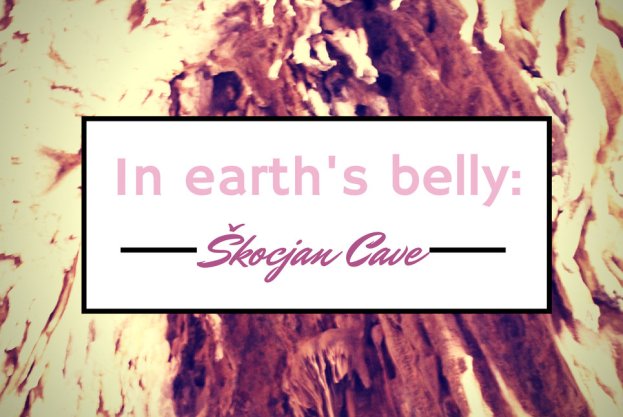
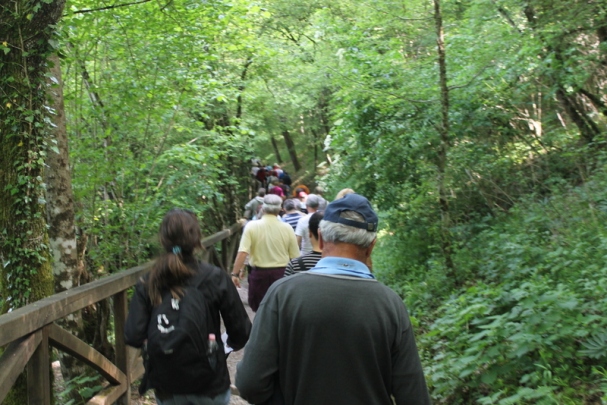
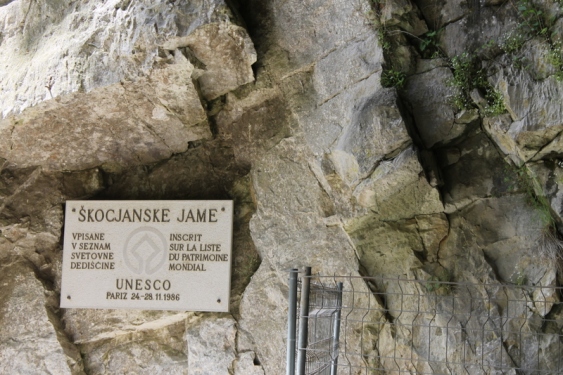
It must have a been a beautiful (if chilly) experience … hope you enjoyed it!
LikeLike
It was both!! 🙂
LikeLike
As a science nut, I love visiting this kind of place. I will add it on my list!
LikeLike
You definitely should!! 🙂
LikeLike
Oh my goodness Diana, this place looks amazing! What a fun adventure and we’re so glad that they are protecting the area – very responsible indeed! 🙂
LikeLike
I agree. There is another cave, the more popular one, but there is a train that rolls through. I liked the conservation efforts going on in Skocjan and the cave itself was just breathtaking, in that earthy and damp and amazing way. 🙂
LikeLike
I’ve never heard of this cave but it looks like it was a fun adventure. Bookmarking for the next time I’m in the neighborhood!
LikeLike
It was such a cool place! Definitely bookmark it for when you head back to Slovenia!
LikeLike
Hmmm…I like most things in life but never too convinced about caves. Smacked my head on an unseen rock once and never been the same since 😉
LikeLike
Haha! They are pretty cool!
LikeLike
Narrow tunnel? Yikes, short people don’t like confined spaces, ha!
LikeLike
It wasn’t too bad! 🙂
LikeLike
I am loving following all your European travels! This reminds me of a caving experience I had in the Philippines. Very cool!
LikeLike
Aw, thank you! I LOVE re-living my European trip. I’m not even 1/3 of the way through the posts, which is a bit intimidating. The cave was so cool!
LikeLike
Caves generally freak me out because I’m so claustrophobic, but I think I could handle this one!
LikeLike
I didn’t even think about being claustrophobic in this one. It was really large and airy. Although, I don’t get claustrophobic, so not sure how one who does would feel. But, I did love it!
LikeLike